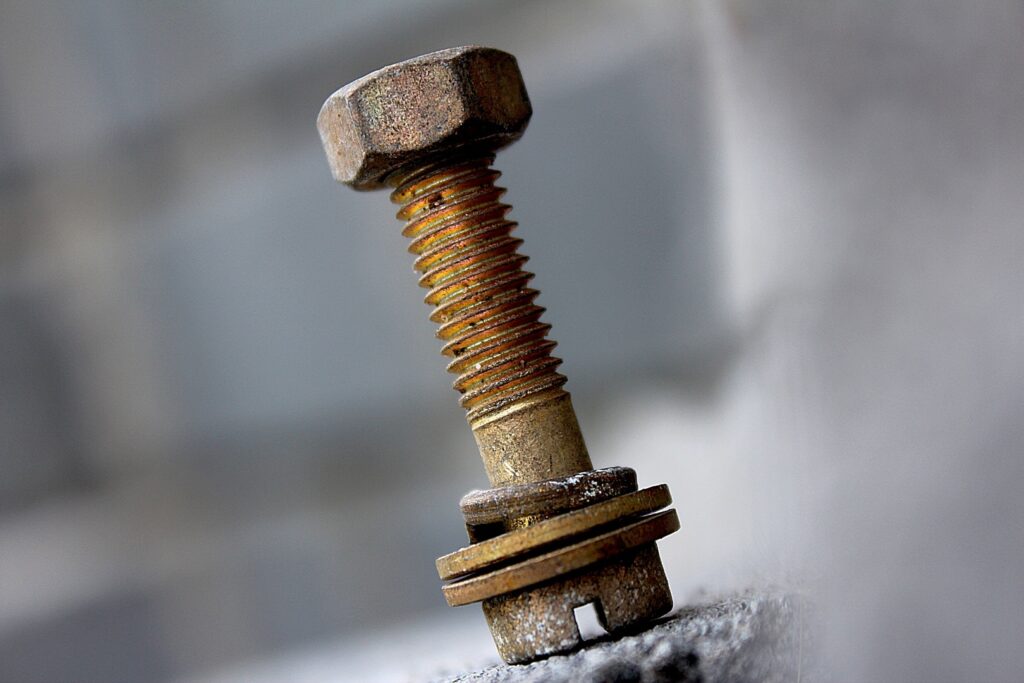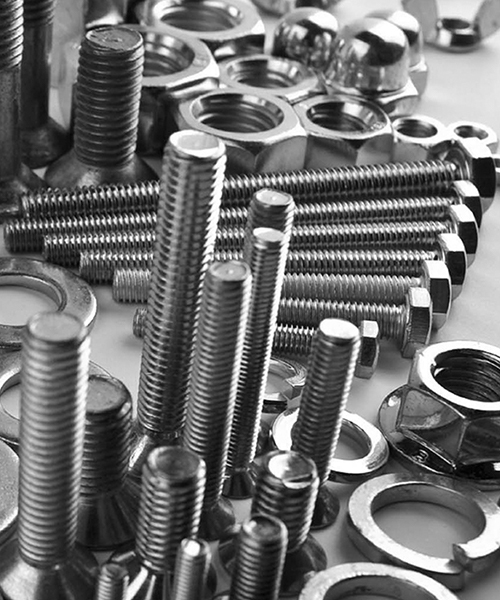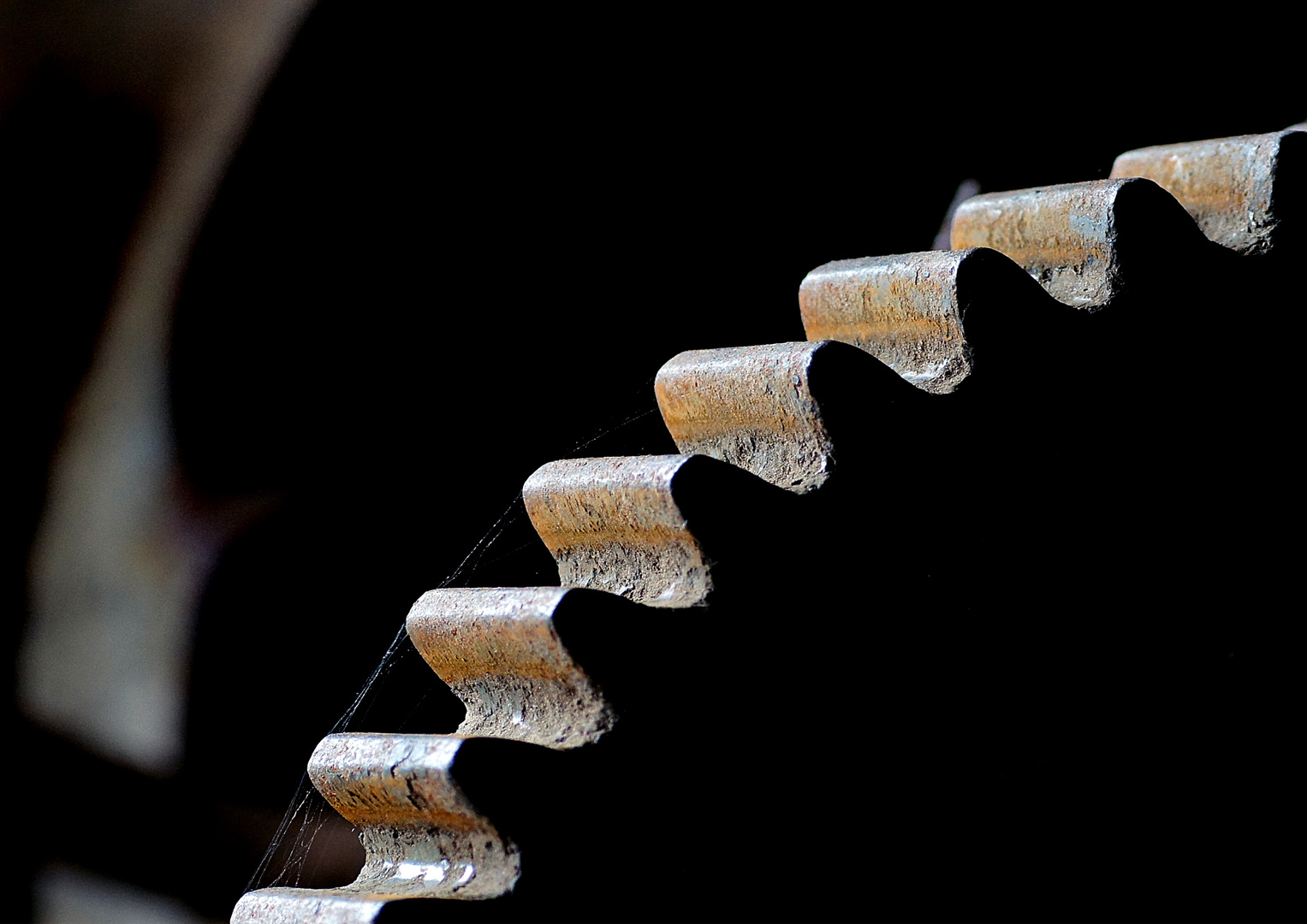Rust
Fasteners, including bolts, nuts, and screws, are essential components in construction, manufacturing, and various industrial applications. Their mechanical strength and reliability ensure the structural integrity of assemblies, whether in infrastructure, automotive, or aerospace industries. However, one of the biggest threats to their longevity and performance is rust. Corrosion can severely compromise fasteners, leading to failures that result in costly repairs, safety risks, and operational downtime.
In this article, we will explore the damaging effects of rust on fasteners and examine how different steel grades and protective coatings can enhance durability. Additionally, we will discuss industry solutions and highlight key players providing corrosion-resistant fasteners.
The Detrimental Effects of Rust on Fasteners
Rust, or iron oxide, is the product of an electrochemical reaction between iron, oxygen, and moisture. It gradually degrades the metal surface, leading to several adverse effects on fasteners:
Reduced Mechanical Strength
As rust spreads, it eats away at the metal, reducing the cross-sectional area of the fastener. This weakening can significantly impact tensile strength, making bolts and nuts more susceptible to breaking under load. In highly stressed applications like bridges, offshore platforms, and wind turbines, such degradation can have catastrophic consequences.
Compromised Structural Integrity
When rust affects a fastener, it not only weakens its structure but can also cause loosening, making assemblies less secure. In critical applications—such as aerospace and automotive manufacturing—even slight deterioration in fastener integrity can lead to severe safety hazards.
Increased Maintenance and Replacement Costs
Rust leads to frequent maintenance, as corroded fasteners must be replaced more often. In industries such as oil and gas, where maintenance work is complex and expensive, the cost of using subpar fasteners without corrosion resistance can be substantial.
Aesthetic and Surface Degradation
In addition to mechanical failure risks, rust negatively impacts the appearance of fasteners. This is particularly problematic in architectural and automotive applications, where aesthetics matter. Rust stains can also spread to surrounding materials, causing further deterioration.
Protective Measures: Selecting the Right Steel Grades
The choice of steel plays a crucial role in mitigating rust-related damage. Various grades offer different levels of corrosion resistance, making them suitable for specific environments.
Stainless Steel: The Preferred Corrosion-Resistant Choice
Stainless steel contains a minimum of 10.5% chromium, which forms a passive oxide layer that protects against rust. This makes it an excellent choice for fasteners in demanding environments.
- Grade 304 Stainless Steel, often used in construction and general manufacturing, offers good corrosion resistance and is widely available.
- Grade 316 Stainless Steel, with added molybdenum, provides enhanced protection, particularly against chlorides, making it ideal for marine and chemical industries.
Companies such as Fastenal and Hilti supply high-performance stainless steel fasteners for critical applications. Their extensive product lines cater to industries where corrosion resistance is a priority, such as offshore oil rigs and industrial plants.
Alloy Steel: Strength with a Need for Protection
Alloy steel fasteners, known for their high tensile strength, are commonly used in heavy machinery and structural applications. However, they lack inherent corrosion resistance and require coatings or plating for protection. Bossard Group, a leading fastener specialist, offers alloy steel fasteners with advanced coatings to improve longevity in harsh environments.
Weathering Steel: Developing Its Own Protective Layer
Weathering steel, such as ASTM A325 Type 3 bolts, is designed to form a stable patina that protects against further corrosion. These fasteners are widely used in bridge construction and outdoor structures where long-term exposure to the elements is a concern.
Protective Coatings: Enhancing Corrosion Resistance
To further enhance the lifespan of fasteners, various coatings and treatments are applied to provide an extra layer of defense against rust. Some of the most effective solutions include:
Zinc Plating: Cost-Effective but Limited Protection
Zinc plating involves electroplating a thin layer of zinc onto fasteners, offering sacrificial protection. The zinc layer corrodes instead of the steel, prolonging the fastener’s life. However, due to its limited thickness, it is best suited for indoor applications with minimal exposure to moisture.
Hot-Dip Galvanization: A Durable Barrier Against Corrosion
Fasteners undergoing hot-dip galvanization are submerged in molten zinc, forming a thicker and more durable coating than electroplating. This method is commonly used in outdoor applications, such as highway guardrails and transmission towers. Companies like Fastenal provide an extensive selection of hot-dip galvanized fasteners for infrastructure projects.
Mechanical Plating: Protecting Without Hydrogen Embrittlement
In applications where hydrogen embrittlement is a concern—such as aerospace or automotive fasteners—mechanical plating offers a safer alternative. This process involves bonding metal powders to fasteners, ensuring uniform coverage without compromising mechanical integrity.
PTFE and Xylan Coatings: Combining Low Friction with Corrosion Resistance
For applications requiring both corrosion protection and reduced friction, coatings such as PTFE (Polytetrafluoroethylene) and Xylan provide excellent solutions. These coatings are frequently used in oil and gas industries, where high-performance fasteners must withstand extreme conditions. Hilti supplies coated fasteners designed specifically for such demanding applications.
Dacromet and Delta-Protekt: Advanced Water-Based Corrosion Protection
Dacromet, a water-based coating with zinc and aluminum flakes, provides exceptional corrosion resistance without the risk of hydrogen embrittlement. Dörken MKS-Systeme GmbH & Co. KG, a leader in corrosion protection technology, offers both Dacromet and its advanced successor, Delta-Protekt, for critical industrial and automotive fasteners.
Industry Solutions and Leading Providers
Ensuring that fasteners are adequately protected against rust requires not only selecting the right material and coating but also sourcing from reputable suppliers.
- Fastenal, one of the largest fastener distributors, provides a comprehensive range of stainless steel and galvanized fasteners tailored to industrial and construction needs.
- Hilti, known for its innovative fastening solutions, offers coated fasteners with advanced corrosion resistance for the construction and energy sectors.
- Bossard Group specializes in high-performance fasteners designed for extreme environments, offering alloy steel solutions with superior coatings.
- Dörken MKS-Systeme GmbH & Co. KG leads in micro-layer corrosion protection technologies, ensuring fasteners last longer even in the most demanding conditions.
By choosing fasteners from these trusted manufacturers, industries can significantly reduce rust-related failures and maintenance costs.
Conclusion
Rust remains a major challenge in the longevity and reliability of bolts, nuts, and fasteners. However, by selecting corrosion-resistant materials such as stainless steel, weathering steel, or alloy steel with protective coatings, industries can mitigate the risks associated with rust. Furthermore, advanced coating technologies, including hot-dip galvanization, PTFE coatings, and Dacromet, provide effective solutions tailored to specific environmental conditions.
Collaborating with leading fastener suppliers such as Fastenal, Hilti, Bossard Group, and Dörken MKS-Systeme GmbH ensures access to high-quality, corrosion-resistant products. As industries continue to demand greater durability and performance from their fasteners, advancements in materials and coatings will play a pivotal role in extending the lifespan of these essential components.


